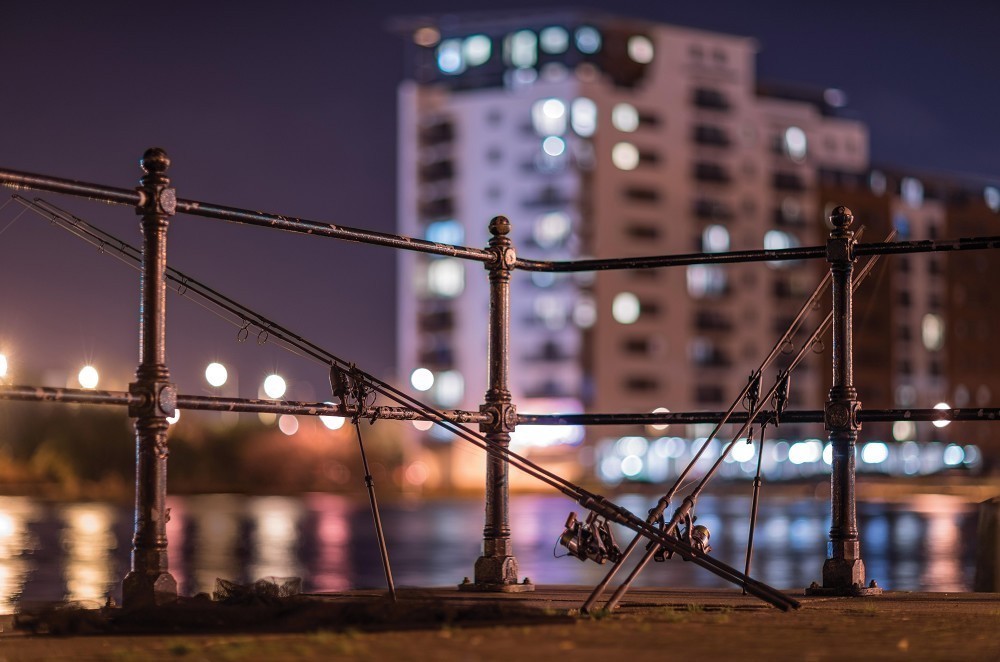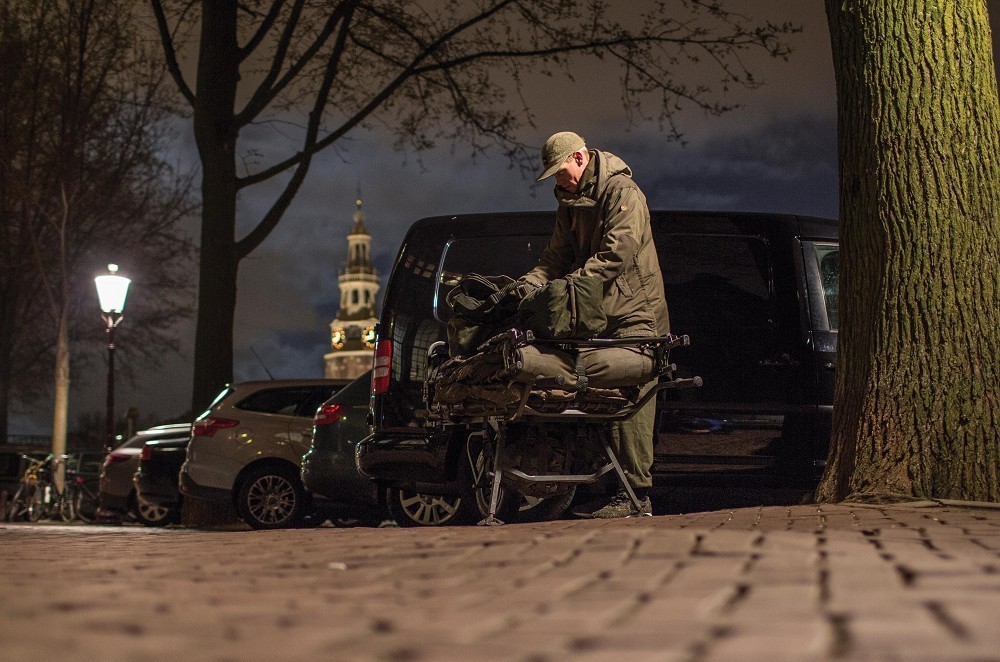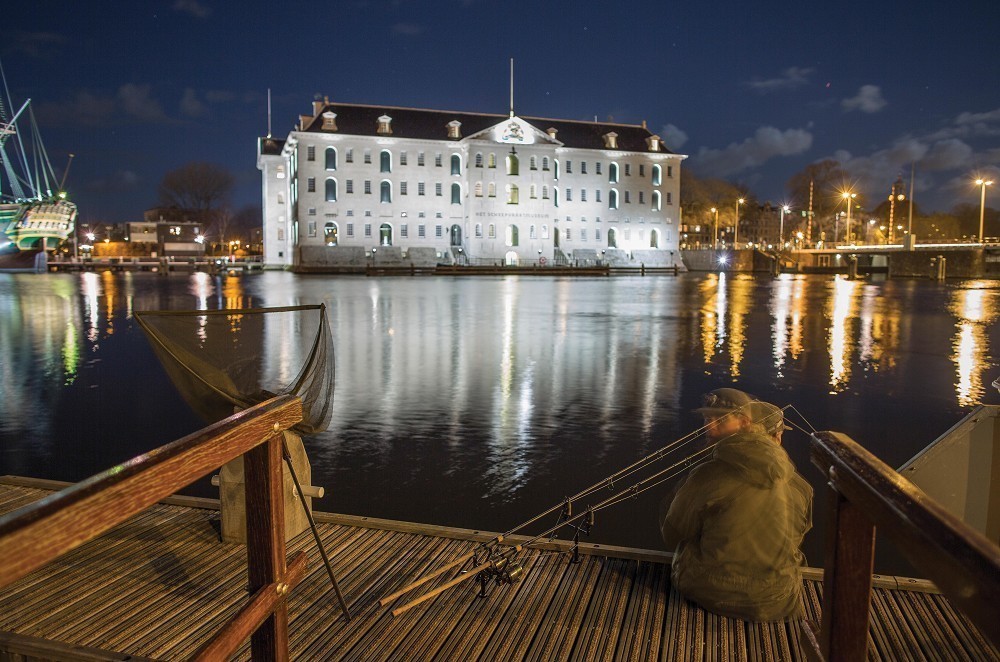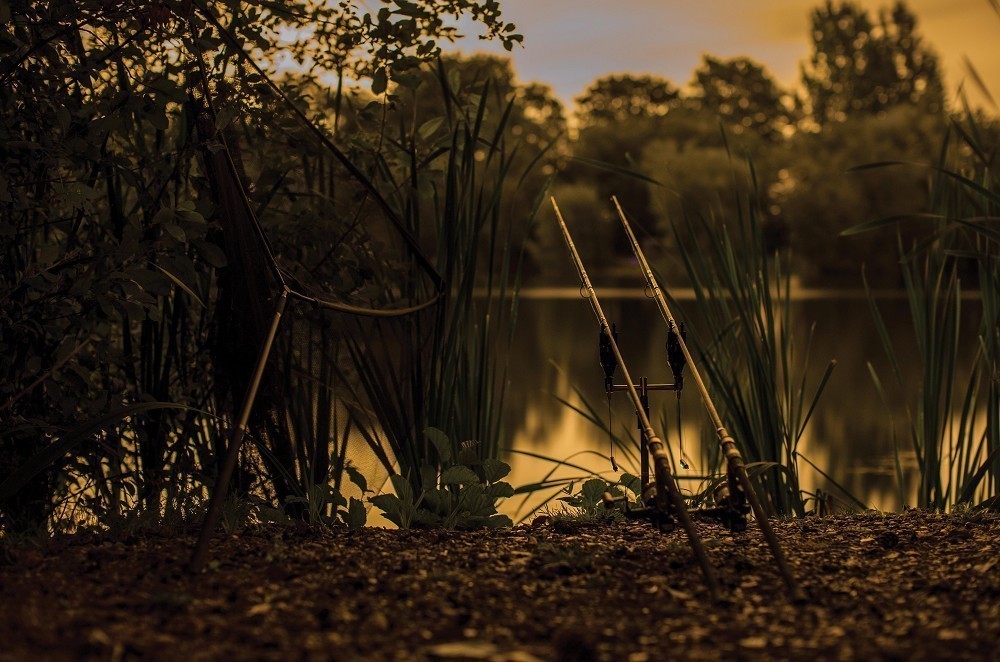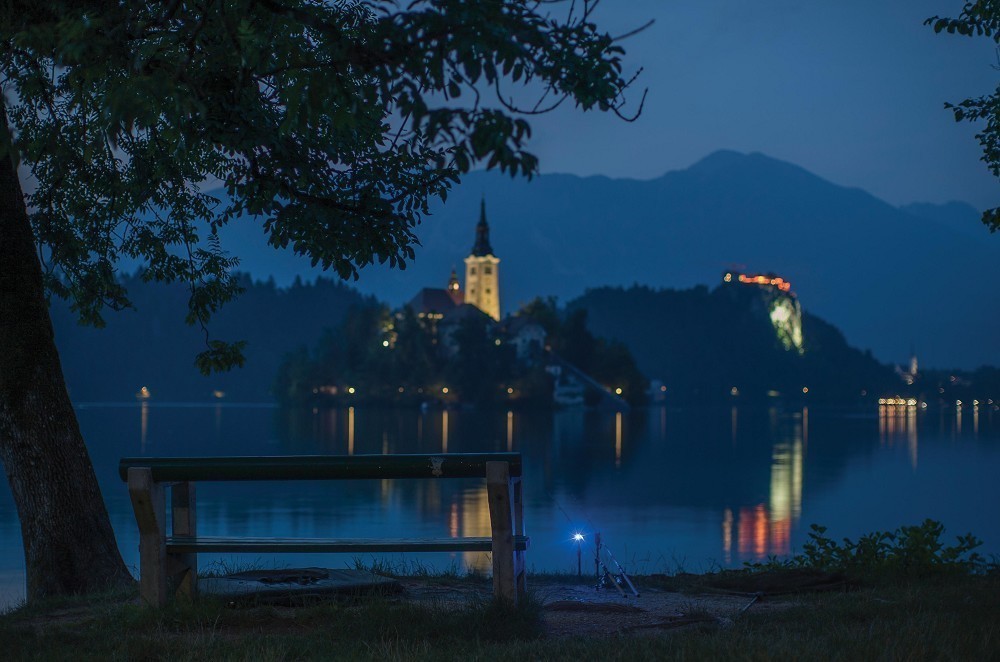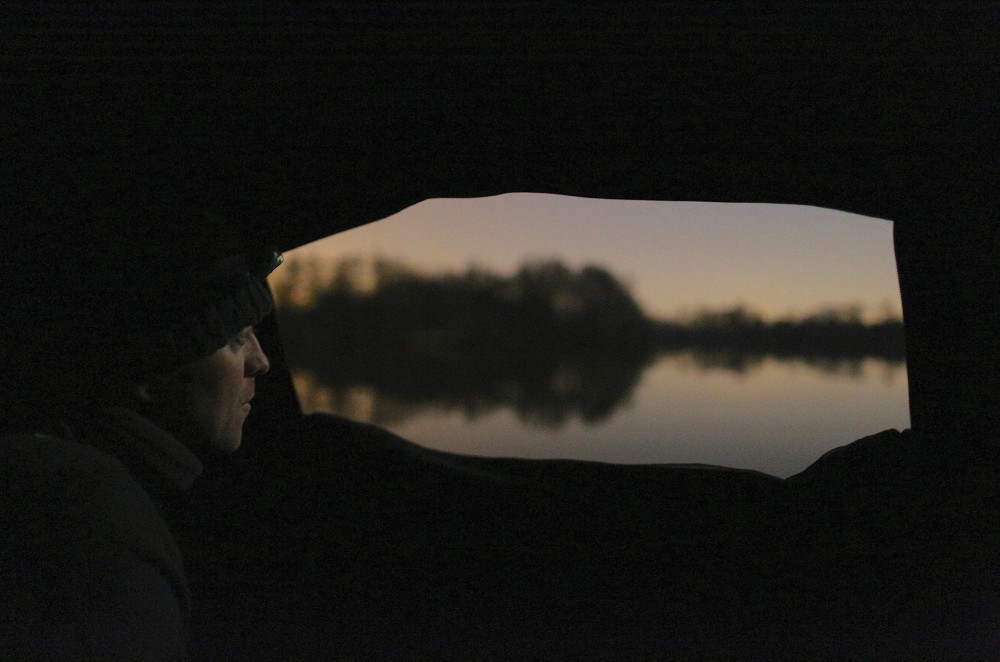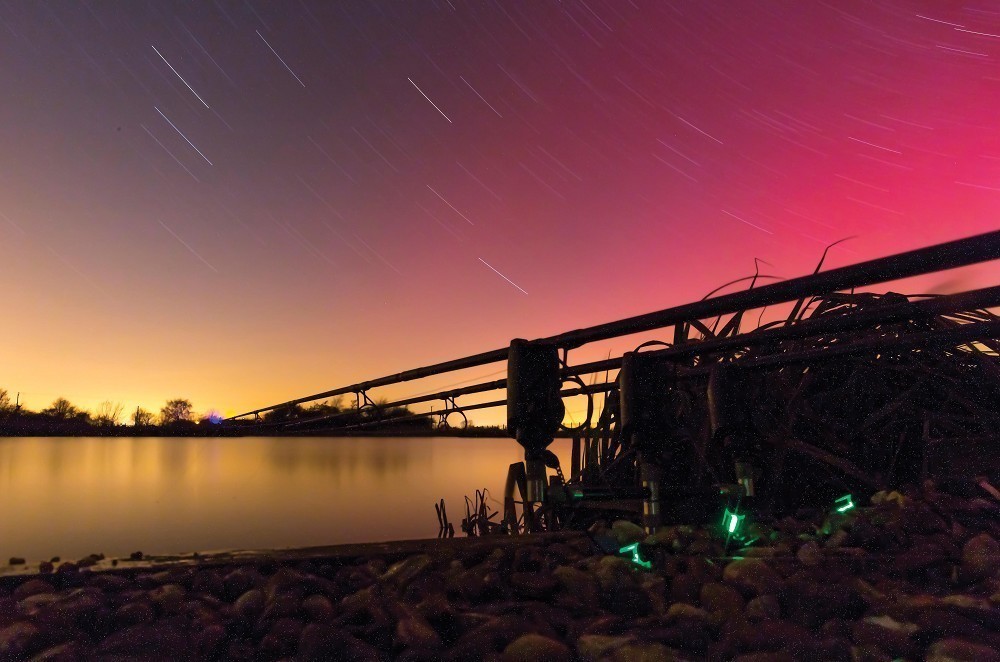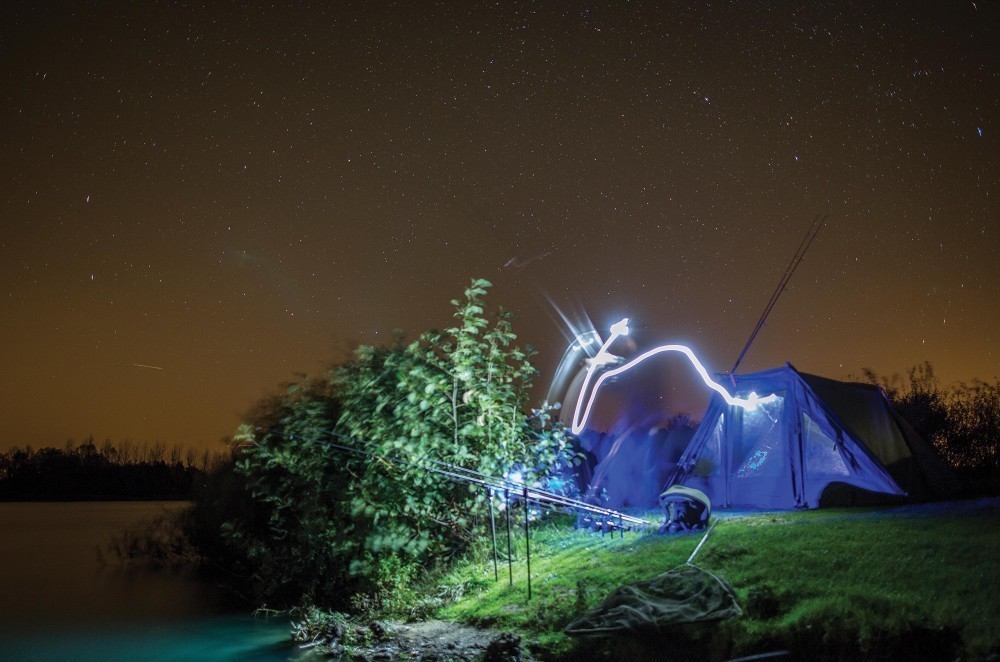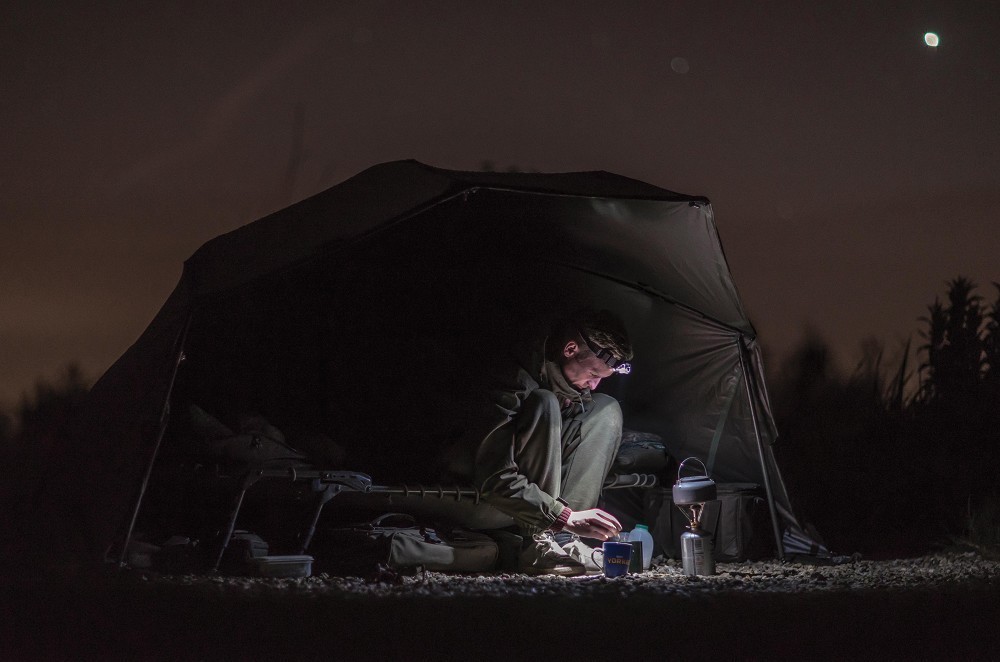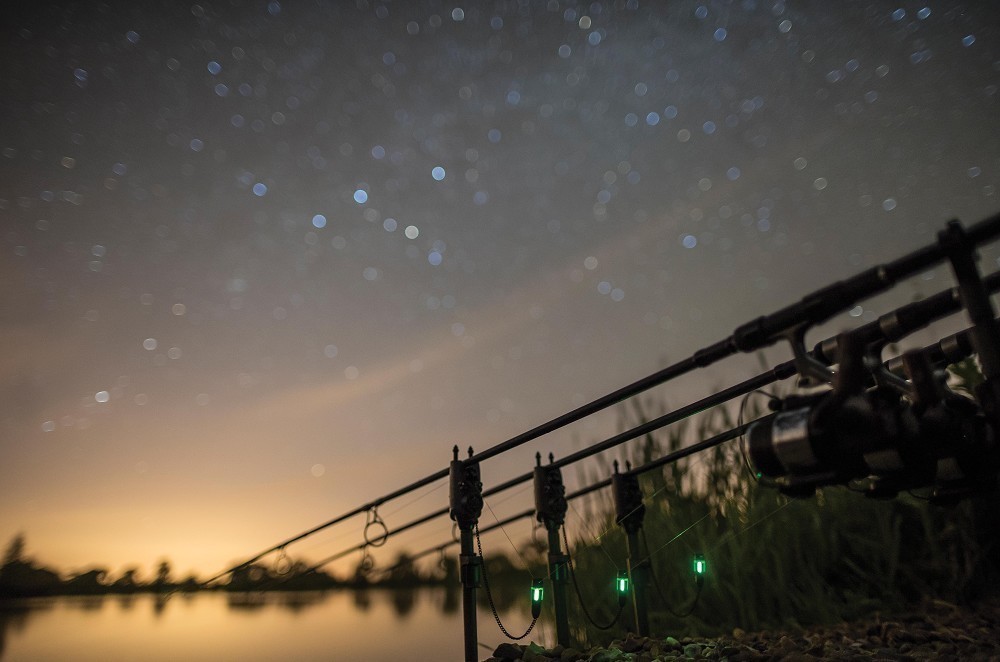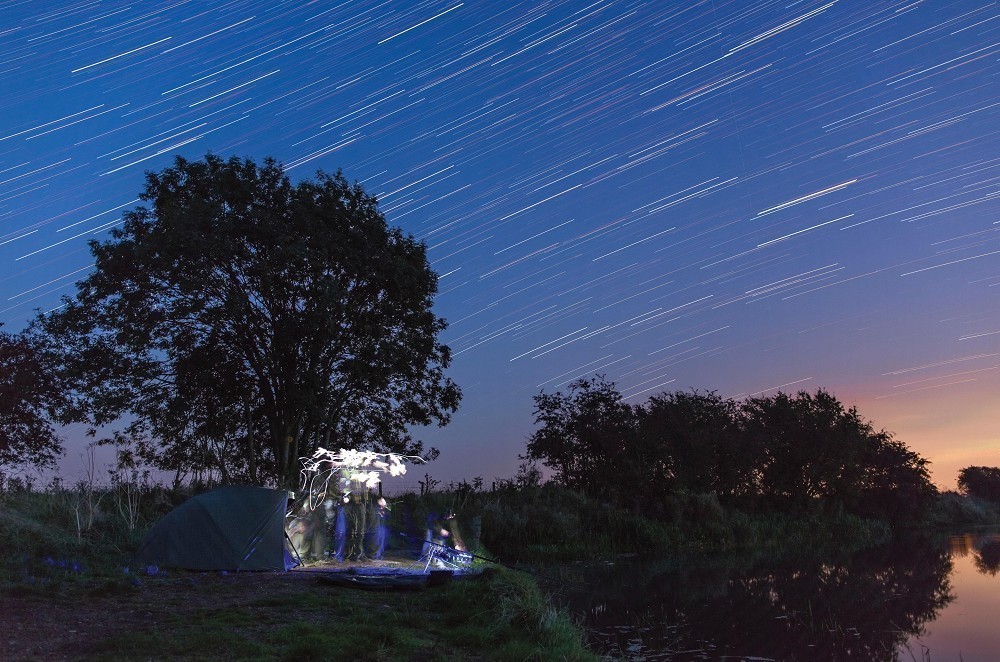How to take the perfect night shot
Mesmerised by those incredible night shots you see on Oli Davies' IG feed? Here's how you can shoot similar shots...
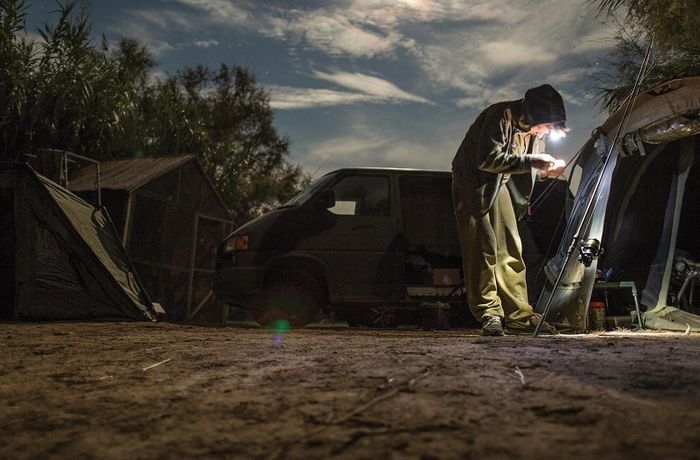
As camera technology improves it is becoming easier to capture what previously used to be impossible. Shooting at night produces some of the most stunning and interesting images and as carp anglers who are out there day and night we all have the opportunity to have a go. Here are some tips to help you achieve the best possible results.
Camera settings: 85mm, f1.4, 1.3 sec, ISO 100
Shooting urban venues often provides much more light to work with and as a result you don’t have to push the settings quite so hard to expose the pic. The shutter here is only just over a second. Fast prime lenses also help this as they suck in more of the available light.
Horizon
I often get asked, ‘What is the best setting?’ but the truth is, I don’t know? There is no magic setting that works in all situations, so the trick is to try lots of different ones until you find which works best at the time. It costs nothing to rattle off a few shots, trying wide and narrow apertures or slower and faster shutter speeds.
Keep it steady
Camera movement is the enemy of sharp long exposure images, so it is vital that the camera is kept completely still. No matter how steady your hands, handheld shots are really tricky especially at exposures longer than a second. Investing in a tripod is extremely useful but not essential. A chair, a bucket or even the floor will suffice as an alternative. It is also important that you do not touch the camera to fire the shot. Either use the built-in timer that all digital cameras have or use a remote to release the shutter as the vibrations even a careful button push cause will affect image sharpness.
Keep the noise down
Noise is the enemy in long exposure photography. This is the dots and graining, sometimes coloured that appear in darker areas. This can appear as a result of extremely long exposures, but it is mainly caused by increasing the ISO (which makes the camera sensor more sensitive to light). Up to a certain point it is acceptable, but too much and the image becomes compromised and unusable. Therefore it is the primary concern to keep noise to a minimum and why a lower ISO is preferable where practical. Very rarely will I go over 1000 but ideally it will be as low as possible. Noise can’t be completely removed but noise can be controlled and reduced either by applying noise reduction in-camera (which will slow down how long it takes for the camera to process each shot) or when you process the image from RAW in software such as Lightroom. Unfortunately the more noise reduction that is applied, the softer the image will become.
Camera settings: 35mm, f1.8, 1/20, ISO 1250
Setting off for a night on the town in Amsterdam, I improvised and rested the camera on the floor and pushed the ISO in order to freeze the action as Alan loaded his barrow. This shot is not posed and out of the 20 or so shots this was the only one worth keeping!
Prime is king
The ’faster’ the glass or the lower the maximum aperture is, the more light the lens will gather. For example, an f1.4 lens will let in more light than an f4 lens. As a result you can use faster shutter speeds and lower ISO and shoot in more demanding situations with less available light so it is worth investing if you are interested in taking it further. Likewise, a full frame sensor being larger will deal better with low light situations than a crop sensor.
Focusing
Focussing can be tricky as often the camera’s autofocus won’t work without light. This means that you have to focus manually which can be tricky. I use the live view function and then zoom in to the point that I have chosen to focus on. If it is still difficult to see then I will use a headtorch to help illuminate the focal point so I can see it well enough. Try focussing on different subjects but the same shot. If I am photographing the rods then I will usually focus on the bobbins as the eye is naturally drawn to the glow of the isotopes.
Let there be light
If there is no light to work with then you won’t get a great shot. Full moons or the light from streetlights or houses or better still all of the above will help give you enough light to work with, so urban locations really lend themselves to this sort of photography, and somewhere that looks pretty mundane by day can be incredible at night. More and more anglers are having a go at this and I’ve seen some great efforts recently!
Capturing the moment
Using a long shutter to capture a scene is relatively straightforward. Capturing movement is where it gets tricky, using shorter shutter speeds and pushing the other settings to compensate. It’s all about finding a balance that isn’t too extreme between shutter speed, ISO and aperture. As with all photography, it is finding the perfect balance that will give you the best possible result.
Camera settings: 24mm, f2.5, 3.2 sec, ISO 100
Fishing for a few hours in the heart of Amsterdam, halfway through the 3.2 second exposure I called Alan to get him to turn around, thus capturing him facing both ways. It’s much more interesting than the straight shots I also took at the time.
Camera settings: 50mm, f2.5, 30 sec, ISO320
The amber glow given off by the landing lights at nearby Heathrow bounces back off the clouds and gives the scene an otherworldly look. A shallow depth of field focuses the attention on the rods. The focal point is the isotopes, which I usually choose as the eye is naturally drawn to them.
Camera settings: 50mm, f1.7, 1.3 sec, ISO 100
Focussing again on the bobbins, I used a shallow depth of field to layer the picture. I also have other version shots with a much higher aperture meaning the church and background are also in focus. While they are also nice, this one is my favourite.
Camera settings: 24mm, f1.4, 1/8, ISO 8000
This shot from inside the bivvy is handheld and lit only by the light of a full moon. As a result all the settings are pushed to the maximum. I would never normally use such a high ISO but there are times when it’s better to capture the shot, noise and all!
Camera settings: 24mm, f20, 1322 sec, ISO 320
This was one of my first attempts at bulb photography, taking advantage of the lack of light pollution in Norfolk to shoot some star trails. What I didn’t realise at the time was that on that particular night the Northern Lights were rippling across the sky. Not visible to the naked eye the red and green glow that appeared in the pictures was something I thought I would have to go to Iceland to see! Technically the picture is not perfect: the length of the exposure means that there is a lot of noise visible, not all of which could easily be removed. This is why star trails are usually shot as a series of individual images and then stacked to create a single image.
Camera settings: 24mm, f1.8, 10 sec, ISO 1000
Another single frame from a timelapse, the timing of this shot could not have been better as it captures the moment I had the bite from The Long Common at Les Teillats while I was sat in the Titan processing the day’s images!
Camera settings: 85mm, f1.4, 0.5 sec, ISO 1000
As usual, the compromise for using a relatively fast shutter of half a second in total darkness meant that I had to open the aperture wide and push the ISO. It’s a fine line between capturing enough shadow detail and blowing out the highlights caused by the bright headtorch though!
Camera settings: 24mm, f1.7, 25 sec, ISO 1250
I experimented with different shots to capture the starry sky in deepest Norfolk. If you are photographing stars and they are the focal point then a shorter shutter will stop them appearing as lines rather than dots. Because they are blurred to bokeh by the wide aperture and near focus of this shot a longer shutter can be used.
Camera settings: 24mm
When you stack a series of shots together very interesting things start to happen. This is a composite of a timelapse where hundreds of images have been merged to show the movement of the stars and the angler in the swim. This can be used as an alternative to bulb exposures and results in much less noise caused by the long exposure time.





